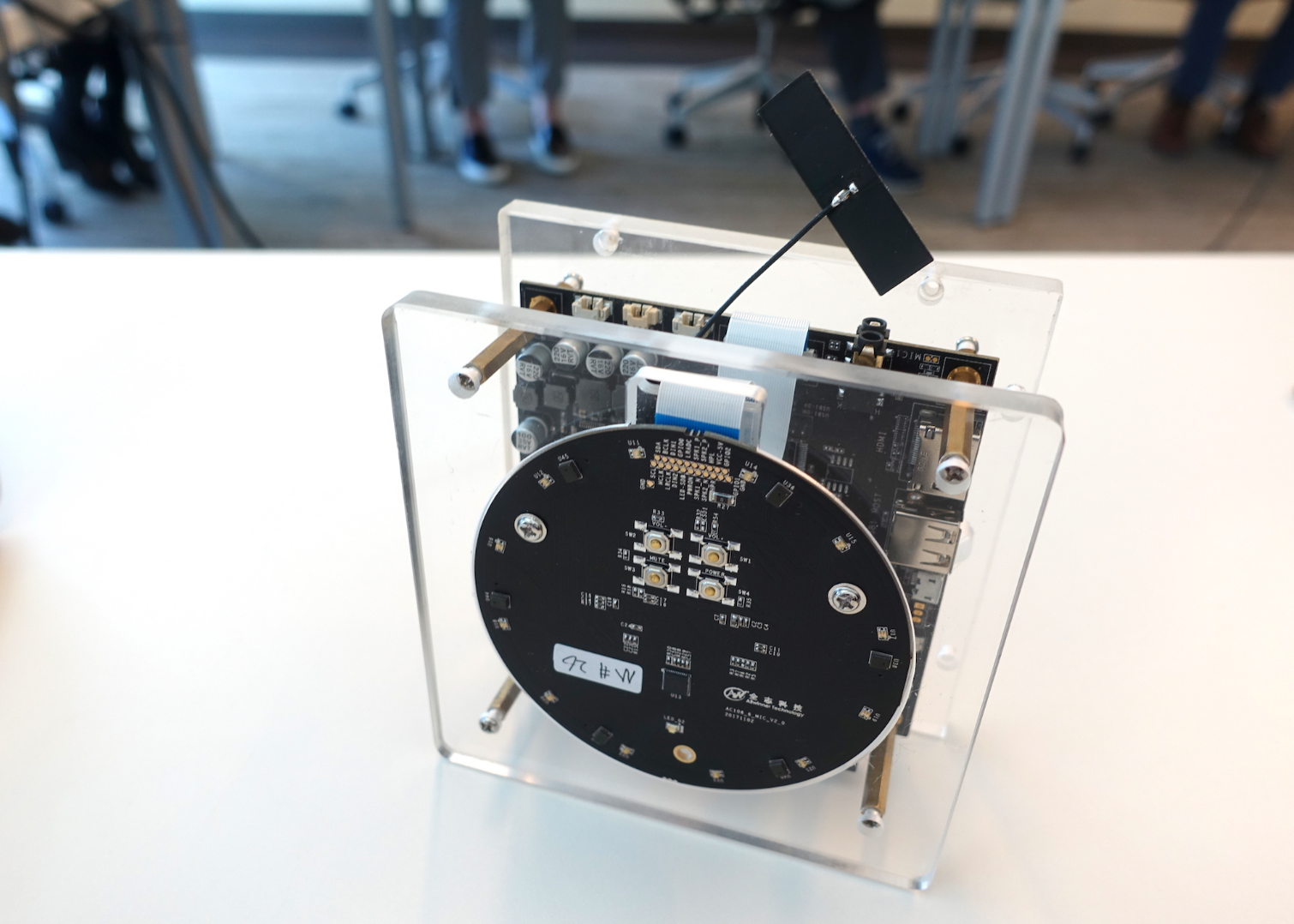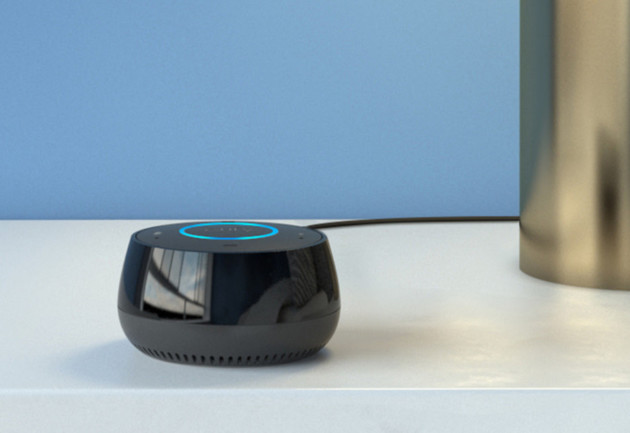Voice Calls Are Coming to Third-Party Alexa Gadgets
Soon, you won't need one of Amazon's devices to make calls and send messages using Alexa.
Right now, if you want to make a phone call using Alexa, you have to use one of Amazon's devices. This is true even though there are myriad third-party Alexa devices, including speakers, thermostats, switches and even yoga-posing robots. In fact, there are nearly 100 such gadgets, up from just 10 at the end of 2016.
That will change soon, as the first third-party gadgets with calling and messaging capability are in the works, according to Priya Abani, director of Alexa Voice Service at Amazon, said earlier this week.

In a small gathering with several journalists at Amazon's Lab126 in Sunnyvale, California, Abani, along with Pete Thompson, vice president of Alexa Voice Services, and Chris Hagler, director of engineering for Echo products, outlined the process by which Amazon not only develops its Alexa technology but makes it accessible to other vendors that want to embed Amazon's voice assistant in their devices.
Even as Amazon was developing the first Echo, the company realized that, to achieve its vision of having Alexa everywhere, it would need to allow its technology to be built into other devices not made by Amazon.
To that end, Amazon opened up APIs and SDKs for developers, but it also built 11 hardware reference designs that companies could use as the basis for their products; these ranged from two-microphone setups to more complex kits with as many as eight mics.

This has helped speed up the development process, according to Abani. In one extreme case, the Anker Eufy Genie — a budget competitor to the Echo Dot — went from development to a shipped product in seven months.
Amazon also has a quality-assurance lab, where it tests products not just for drops and spills but also to see if things such as the microphones are working properly. In one demonstration, a small robot traveled along a preset path, stopping at several intervals to issue commands to an Alexa device on a table; it used different voices for each test, and the results were recorded digitally.
Get instant access to breaking news, the hottest reviews, great deals and helpful tips.
Abani said the results are then shared with the device maker; only in cases in which a device fails many of these tests will Amazon insist on changes. Mostly, though, the tests are meant to help the device maker optimize the design of the product, or fine-tune the software.
Still, designing Alexa devices is not without its challenges. To date, there are only two such devices with displays, and both are made by Amazon: the Echo Show and the Echo Spot. There has also been relatively low interest in developing video skills; a search on Amazon for "Echo Show skills" returns just 101 options, out of more than 30,000 total skills.
In this area, Alexa could also face some challenges from Google; at CES this year, Google Assistant was shown on a number of Lenovo Smart Display devices, which had touch screens. To be fair, Alexa is available on Fire TV-enabled TV sets, and Amazon recently announced a partnership with Best Buy whereby a number of Insignia- and Toshiba-branded sets would also have the Fire TV interface built in.

And then there's the issue of phone calls. Abani said there has been interest from a number of companies in extending Alexa's calling and messaging features to their devices, but that work needs to be done on the client-side code. One of the first devices that should get this feature is the aforementioned Eufy Genie, according to Thompson, while others will gain this ability later this year.
The reason you haven't been able to call Grandma from your Sonos One or Ecobee thermostat is tech-related, not because of a policy decision, said Thompson. "Many new Alexa features are cloud-based, which means we can push them to AVS [Alexa Voice Services] devices with a simple software update," he said. "Others require code on the device itself. Voice calling is one of those features, as it requires developers to have a VoIP stack running locally on the device.
"We work with certain partners to externalize the technology package and make sure it works, and then we can scale it more broadly," Thompson added. "But there's no other reason than that's the process we're going through."
These challenges aside, Amazon's ability to get Alexa into more stuff faster than Google can with its Assistant is one of the reasons it's currently leading the smart-home race.
"The growing breadth of Alexa products targeting a variety of different use cases will be essential to maintaining a competitive edge," said Geoff Blaber, vice president of research for the Americas at market research firm CCS Insight, who was also present at the meeting. "Google and others need to urgently address Amazon's growing command of developer attention."

Michael A. Prospero is the U.S. Editor-in-Chief for Tom’s Guide. He oversees all evergreen content and oversees the Homes, Smart Home, and Fitness/Wearables categories for the site. In his spare time, he also tests out the latest drones, electric scooters, and smart home gadgets, such as video doorbells. Before his tenure at Tom's Guide, he was the Reviews Editor for Laptop Magazine, a reporter at Fast Company, the Times of Trenton, and, many eons back, an intern at George magazine. He received his undergraduate degree from Boston College, where he worked on the campus newspaper The Heights, and then attended the Columbia University school of Journalism. When he’s not testing out the latest running watch, electric scooter, or skiing or training for a marathon, he’s probably using the latest sous vide machine, smoker, or pizza oven, to the delight — or chagrin — of his family.
